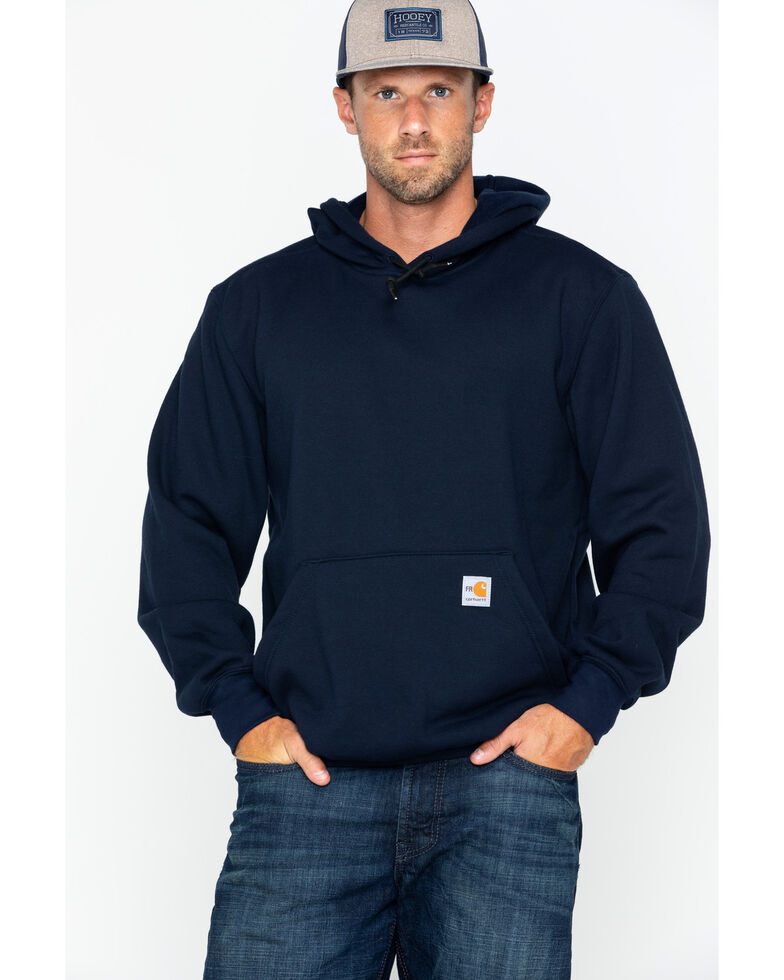Sweatshirts are long-sleeved garments made of thick cotton cloth. They are generally used for casual wear, and are not as formal as sweaters or cardigans. They might not come with the or hood. If you're thinking of purchasing a sweatshirt, here are some tips:
Norma Kamali spread the appeal of sweatshirts
Since the end of the 70s, Norma Kamali has been turning the humble sweatshirt into a work of art. Her designs have become an integral part of almost every woman's wardrobe. Her unique designs range from a tummy-tucking crew neckline to leather-paneled sweatshirts. Click here for info has also created clothing with unusual designs, like an oversized tank top that has a long trumpet skirt.
A collaboration between the designer and the manufacturer of sweatshirts Everlast led to her Timeless line, which became extremely popular when it was featured in Spiegel's spring 2006 catalog. The collection offered knits that could be interchangeable or convertible in classic shapes and many of the pieces were priced at less than $20. Even if The Norma Kamali Timeless collection wasn't sold in stores, fans were able to find the designs for sale on eBay as well as Poshmark.
Merino wool sweatshirt s provide more comfort than soft sweatshirts
Merino wool is renowned for its moisture-wicking properties that help keep you dry and comfortable. Merino wool is an organic fiber and also offers a more comfortable feel. The fabric is also quick to dry compared to other natural material. Furthermore, merino is a renewable resource. Merino sheep shed their coats every year and regrow new ones.
https://pastelink.net/jcb5n6ht -to-heat ratio of merino wool is what makes it a popular choice for sweatshirts. It helps to regulate body temperature due to its natural loft, which traps heat between the fibers. This is the reason Merino wool sweatshirts work ideal for outdoor activities in the summer, like mountain biking, hiking and running. The warmth it provides ensures that the wearer stays well-hydrated and cool, something that is important for working out.
Zip-front hoodies come with a kangaroo pocket
Kangaroo pocket Hoodies are a well-loved style of hoodies. They feature a big pocket on the front, which keeps your hands warm during cold days. They're additionally more practical than conventional pockets because they permit the hands to slide in and out easily.
The pockets of Kangaroos are typically big enough to accommodate an entire wallet, as well as other small personal items. They are commonly big enough to hold the palm of a hand that is small, and can even be wide enough to fit two hands. They have wide openings on either side , and are ideal for carrying small items.
French Terry fabric is a well-loved fabric for sweatshirts.
The French Terry fabric is constructed of soft yarns that are knitted into loops and is typically midweight. It is also known as a fabric that wicks away moisture and is pre-shrunk. French Terry is a fantastic choice for sweatshirts because it will keep you warm when you require it and keeps you cool when you're trying to cool down.
French terry is also popular for loungewear, since it is stretchy enough and has enough flexibleness to feel great on your skin. It also allows enough air to circulate through the fabric, making it ideal for layering underneath other clothes. Furthermore, since it is lighter than other sweatshirts that you can wear all through the year without feeling either cold or hot.
Hoodies can be classist.
Although it might appear that hoodies are simply an appropriate clothing item for people of the working class but the truth is that they carry classist connotations. The hooded garment was first popularized in the early 1970s in New York, where graffiti artists wore them to hide their identities. In 1976 Hoodies made their main appearance in the film "Rocky," when the working-class title character wore grey sweats with hoods during his memorable climb up the steps of the Philadelphia Museum of Art.

Hoodies are often associated with destruction, death and other negative items, yet they also serve practical purposes. For instance, priests and monks might wear hoods in order to display respect and a sense of self-control.
